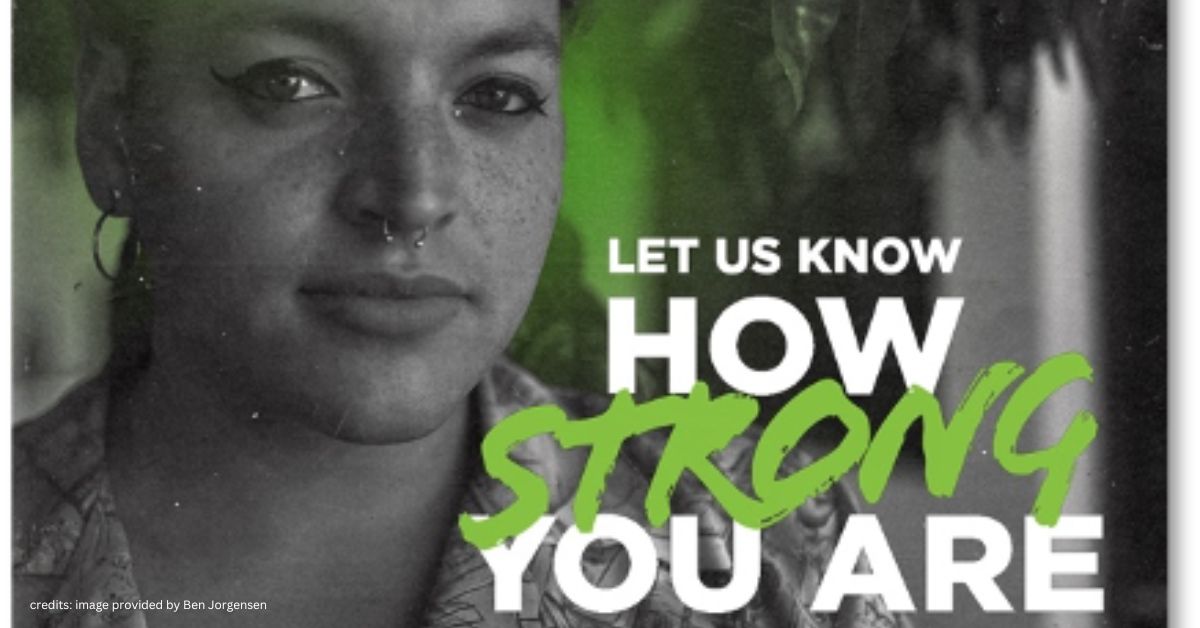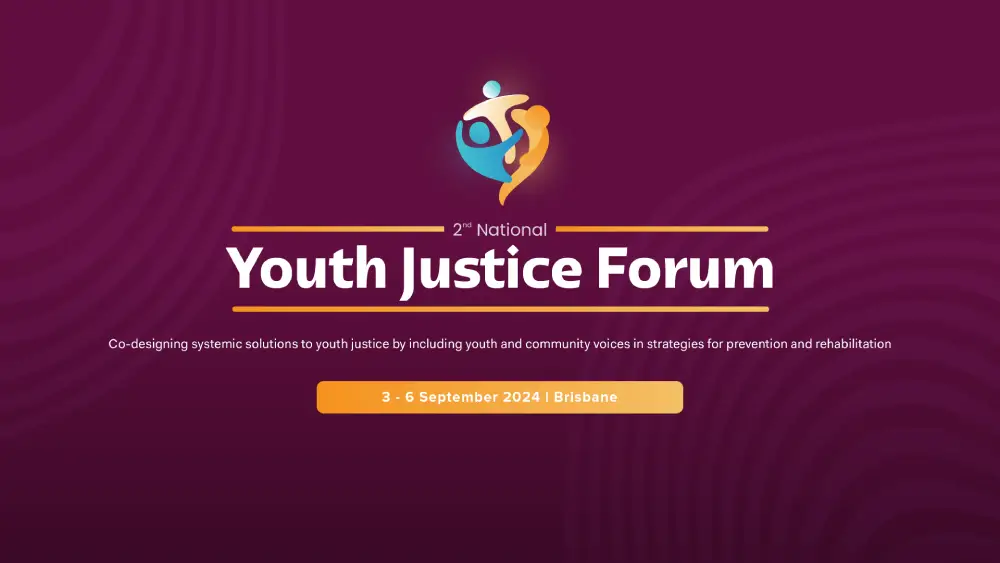1. Define your purpose and audience
Your brochure should be designed to achieve a specific purpose, such as to encourage people to become a member or to donate to a particular fundraising campaign. Once your purpose has been defined, the content of the brochure should be tailored accordingly. Content should be succinct and specific, highlighting benefits of membership or programs that donations will be going towards.
It is important to use a tone of writing and design that will appeal to your target market. Consider their likes, dislikes, use of language and the way they view the world.
2. Don’t try to say too much
Brochures are not the right medium to provide lengthy background on your organisation. Content should be concise and presented in subheadings and lists to enable quick comprehension. Statistics, graphs and quotes are powerful to include in brochures and it’s a good idea to highlight them by using a bold or larger font or imagery.
3. Layout is key
The design of the ‘front cover’ of a brochure must be eye-catching and the content must be formatted in a way that breaks up text and encourages people to read further.
4. Highlight a call to action
Regardless of how effective your brochure’s design is, the brochure will be rendered useless if it doesn’t provide a clear message, with specific instructions on how readers can sign-up, donate or register. This is called a ‘call to action’ and it should be located in at least two different locations on the brochure, with one being visible when the brochure is closed.
5. Align design with current branding
In addition to achieving a defined aim, your brochure is a marketing tool for your organisation as a whole. For this reason it’s a good idea to align aspects such as colour, font and paper stock with those that your organisation regularly uses so that readers can easily identify the brochure as being from your organisation. This will also help to ensure that your brand is strong and doesn’t become fragmented.
6. Ensure it’s proofread
As with any text your organisation produces, it’s essential that your brochure is proofread by someone who is completely removed from the writing and design process, and who has editorial experience. This fresh set of eyes will pick up spelling and grammatical errors as well as sentences that don’t flow.
Proofreading is the final step in the publishing process and is often overlooked because the project is running behind schedule and/or the organisation is keen to start distributing the brochure. However, a erroneous piece of text that has your organisation’s logo on it is unprofessional and will undermine the message the brochure is communicating, as well as your not-for-profit (NFP).














































































































































